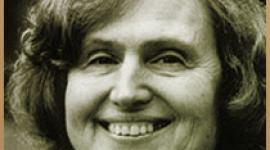How Shock Therapy Works

USA Today Series
12-06-1995
Although shock therapy has been performed for decades, researchers still don't know precisely how it works to combat depression.
"We've been looking for 50 years, but ECT causes many changes, and we haven't pinned down which one has the anti-depressant effect,'' says Charles Kellner, editor of Convulsive Therapy.
The major theories:
Neurotransmitter theory. Shock works like anti-depressant medication, changing the way brain receptors receive important mood-related chemicals, such as serotonin and dopamine and norepinephrine.
Anti-convulsant theory. Shock-induced seizures teach the brain to resist seizures. This effort to inhibit seizures dampens abnormally active brain circuits, stabilizing mood.
Neuroendocrine theory. The seizure causes the hypothalamus, part of the brain that regulates water balance and body temperature, to release chemicals that cause changes throughout the body. The seizure may release a neuropeptide that regulates mood.
Brain damage theory. Shock damages the brain, causing memory loss and disorientation that creates a temporary illusion that problems are gone. Shock supporters strongly dispute the theory, advanced by psychiatrist Peter Breggin and other shock critics.
"Not only hasn't the Breggin brain damage theory been proven, it's been disproven,'' says shock researcher Harold Sackheim of Columbia University.
By Dennis Cauchon, USA TODAY
APA Reference
Staff, H.
(1995, December 6). How Shock Therapy Works, HealthyPlace. Retrieved
on 2025, December 31 from https://www.healthyplace.com/depression/articles/how-shock-therapy-works



